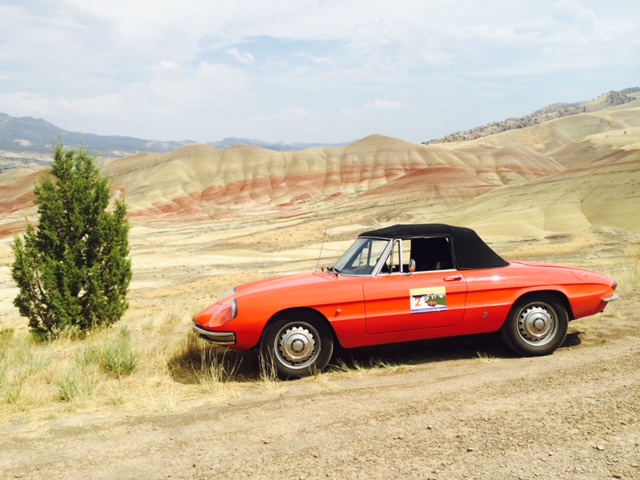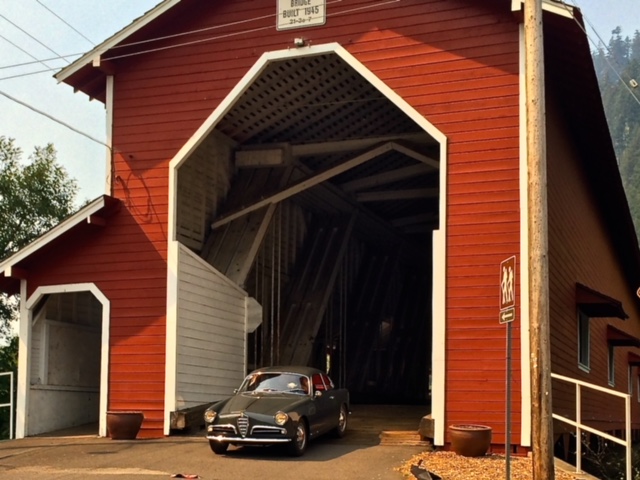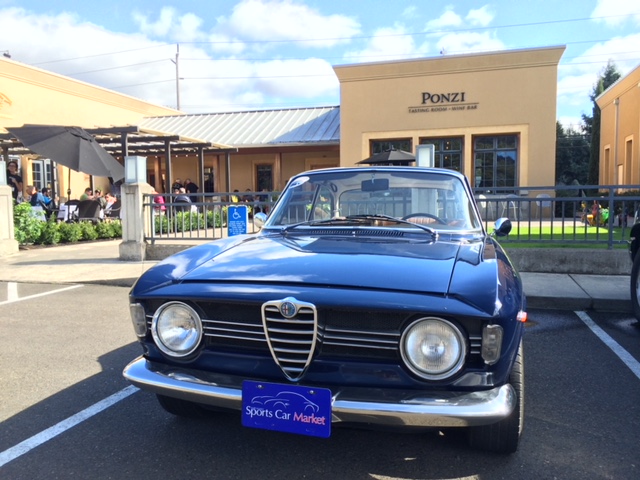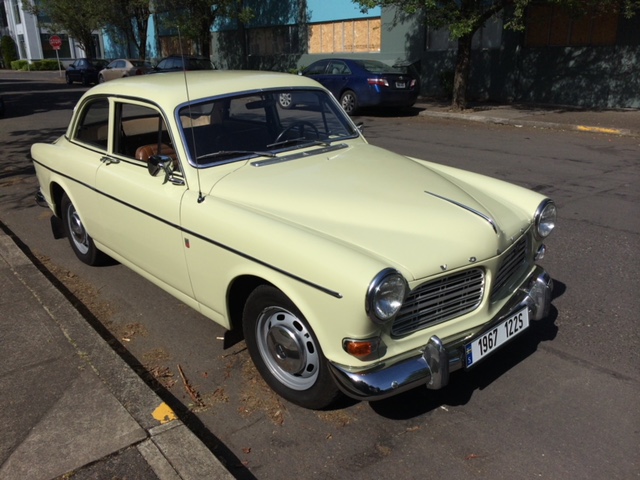
Those of us who are addicted to old cars have daily opportunities to add to our collections. Whether it is an online auction, an ad in a club magazine — or simply a friend who has decided it’s time to sell — the temptation is there.
As an inveterate car hoarder, I’ve learned to ask myself a few questions before I pull the trigger:
First, am I ready for the agony of adding a car to the collection?
By now, nearly every car we lust after is more than 50 years old. They don’t need tune-ups — they need overhauls and restorations. Unless the car you’re buying has been under the care of marque specialist whose name you know, the car is going to have serious needs.
With my Alfas, for example, I have had to rebuild the suspensions on all six of them. That means shocks, springs, sway bars and bushings.
The drivers’ seats, at least, will need to be re-stuffed as they will have sagged over the years.
Mechanically, if the brakes are poor, chances are they will need a master cylinder, wheel cylinders, brake springs, new rotors and pads (if disc brakes), or having the drums trued and the shoes arced to the drums if the car has drum brakes.
So, I ask myself whether I am ready to start on this whole process all over again, after doing it to so many cars.
Second, will I learn anything from owning this car? I think about when I see models that I have owned and enjoyed. One was a BMW 633 CSi 5-speed; the second was an Austin-Healey 3000 BJ7.
From time to time, I think about owning another of each. But then I recall that I sold them for a reason. The BMW just wasn’t sporty enough to hold my interest, and the Healey was just too much on the primitive side.
So while owning one of each again might be somewhat interesting, it really wouldn’t be the voyage into the unknown that is part of the allure of adding a new car to the collection.
Third, will I actually drive it? This question really becomes a deal-breaker. I think about the 1967 Volvo Amazon 122 that we had. It was prepped to the nines, with upgraded suspension and brakes. It had factory a/c. The cooling system was redone, and a brake booster was added. We even took it on several tours.
But our 1967 Alfa Romeo GTV was being restored during the time I drove the Volvo. So when the GTV came back, on the button and ready to go, I found that every time I looked for a two-door with a backseat, I chose the GTV rather than the Volvo. The driving experience of the Volvo simply didn’t match up to that of the GTV, and so the Volvo had to go.
Finally, do I have anyone who can really work on a specific car, and do I really want to go about establishing a support network?
That question comes up whenever I see a Lancia offered for sale. I’ve owned a few, including a Flaminia Zagato, but I never found the right resources to keep them running. A Fulvia HF has great appeal, but the thought of building a support network for this rare marque fatigues me.
So each time something is offered to me, it’s not the price that matters. It’s really those four questions.
Am I ready for the amount of work involved that it will take to put a car on the button?
Will the car teach me anything new?
Is it really better than anything I already own that is similar?
Do I have I got the support group needed to keep the car running?
Ask yourselves the same questions, and see if your buying patterns change. Mine have.



You read my mind Keith. I reiterate a version of this constantly to my clients who have a romantic notion of owning a vintage car but are completely unrealistic. Great thoughts!
That’s a good list of items to consider before buying yet ANOTHER collector car. Also , you might want to add “Is there a good marque club in your area for that type of car?” A good local marque club can help you find the solutions to many of your issues and question relative to maintenance, repair, parts, etc. Also, they are great for same-make tours, get-togethers, etc.
Damn, Keith, by asking all these intelligent questions you’ve taken all the fun out of buying something you like!
To me, support (parts and service) are key. Then again, I have been known to buy cars that have very little support (Maxton, Citroen), simply because I admired and enjoyed them. Awareness is key: You must go in with eyes open. But even if your eyes are closed, you rarely make a terrible mistake…just another old-car experience!
Thanks Keith. In my 70’s now and the memories are better that the reality, plus the back won’t do what it used to. A friend told me that I didn’t have to own them to enjoy them. So true as ingress and egress becomes more challenging. All things to consider.